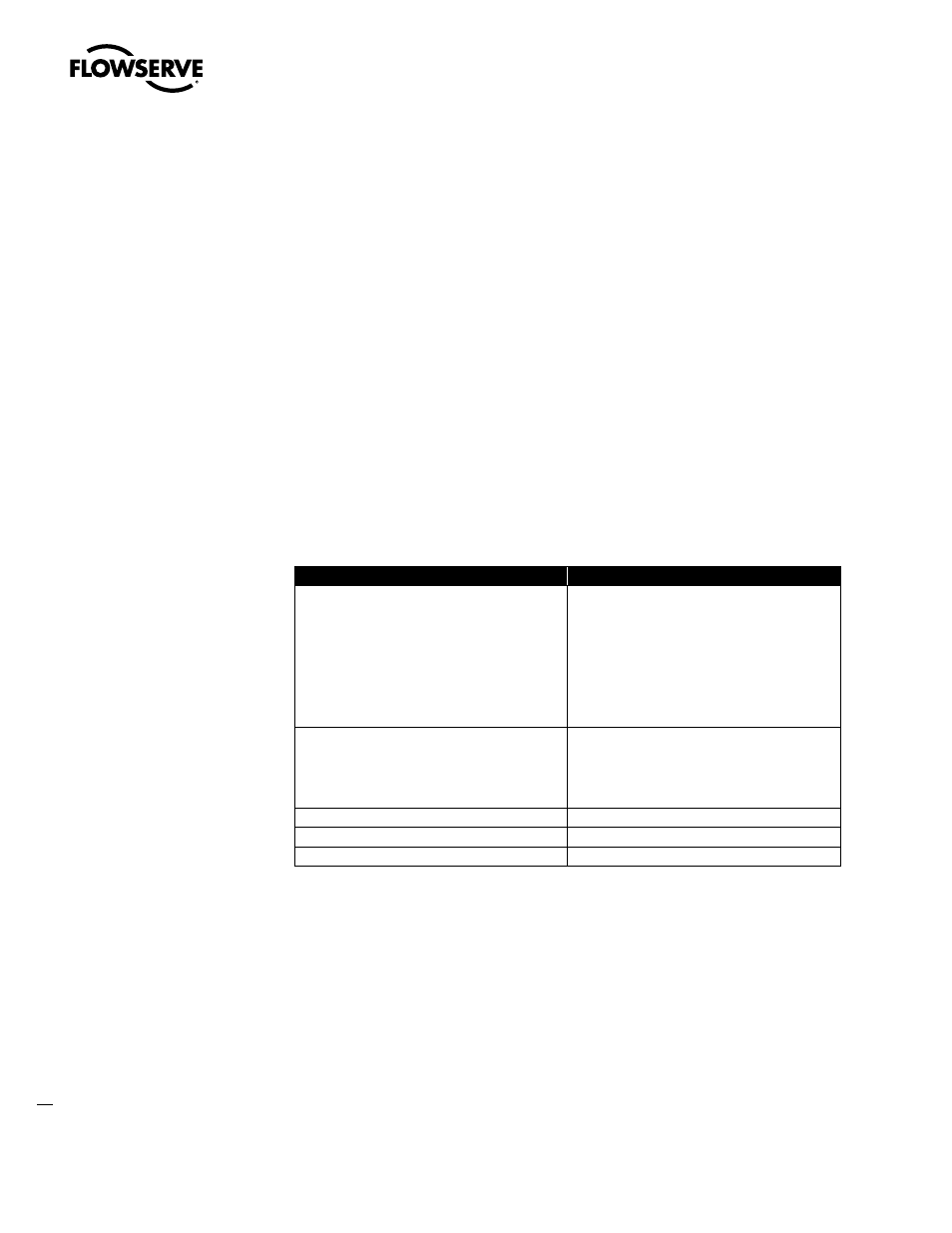10 view objects – Flowserve 3400IQ Digital Positioner User Manual
Page 70

Logix 3400IQ Digital Positioner FCD LGENIM3402-00 – 0/07
70
Link Object Description
Link objects define Virtual Communication Relationships (VCRs), which are used to communicate
between blocks. Link objects contain information needed to define communication links between
function blocks and interface devices and other field devices. This information may be read by an
interface device which will access information in field devices.
Example
For example, link objects may be used to link the output parameter of one function block to the input
of another block, or a trend object, or alert object.
Logix 3400IQ Digital Positioner Link Objects
Link objects are used for alarms and events, function block linking and trending. In the Logix 3400IQ
digital positioner links objects are available for:
The PID block (6 input parameters)
The PID and AO blocks (4 output parameters)
Every alert object
Every trend object
Table 8.16 lists the link objects defined in the Logix 3400IQ digital positioner
Table 8.16 Link Objects Defined for Logix 3400IQ Digital Positioner
Link Object for
Parameter or Number of Objects
Input parameters
PID function block:
BKCAL_IN
CAS_IN
FF_VAL
IN
TRK_IN_D
TRK_VAL
Output parameters
AO function block: OUT
PID function block: BKCAL_OUT
OUT
READBACK_OUT
Alert objects
3
Trend objects
2
TOTAL
16 objects
8.10 View Objects
Description
View objects support management and control of function blocks by providing user visibility of
function block configuration and operation. View objects allow parameter data to be grouped and
accessed (for viewing on an operator interface) by the user. This provides for information groups to
be communicated efficiently. At least four view objects (View1, View2, View3 and View4.) are defined
for each resource block, function block, and transducer block in a device.
Block parameters can be grouped and displayed depending on how the data is to be used. Four
standard view objects (groups) are defined for accessing the following types of information:
1. View1 - used to display dynamic operation data
•
•
•
•
